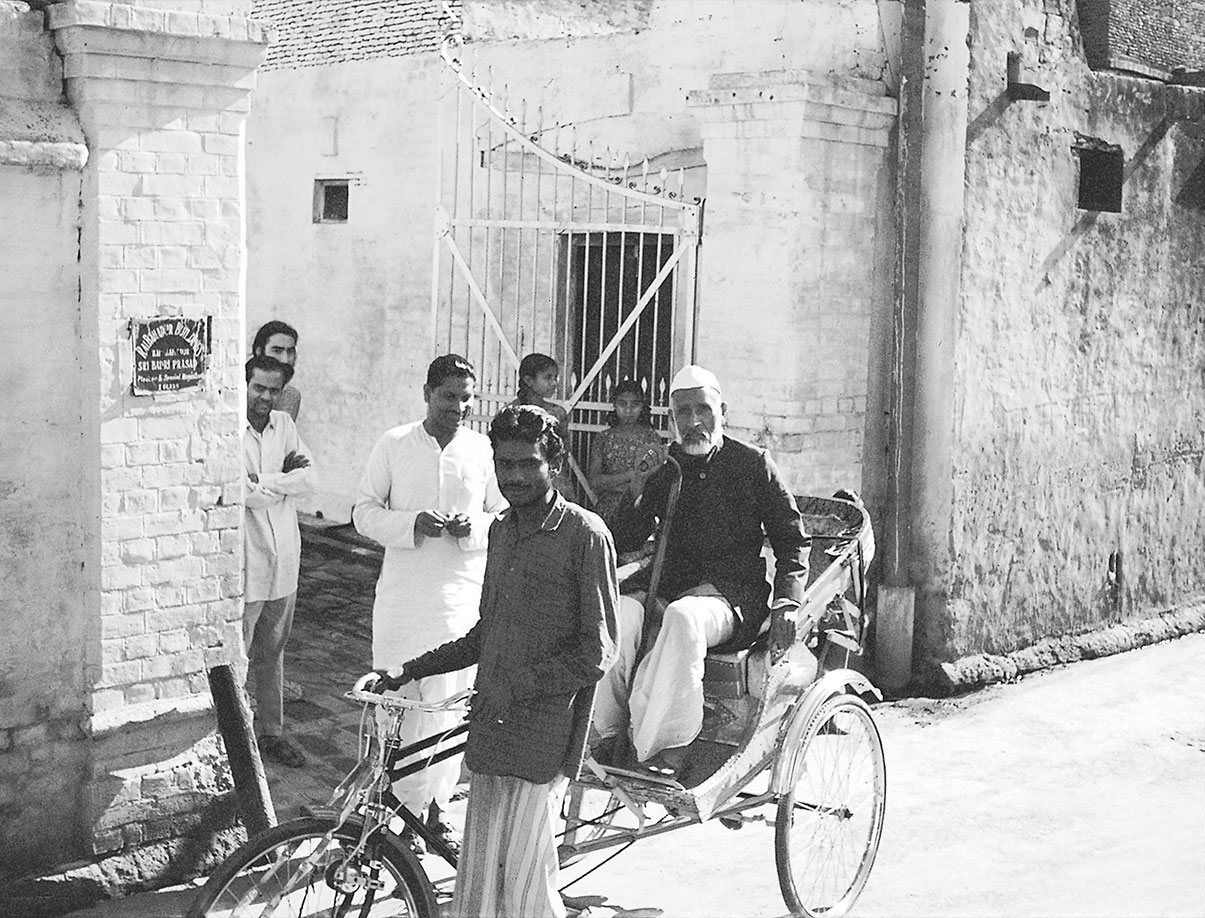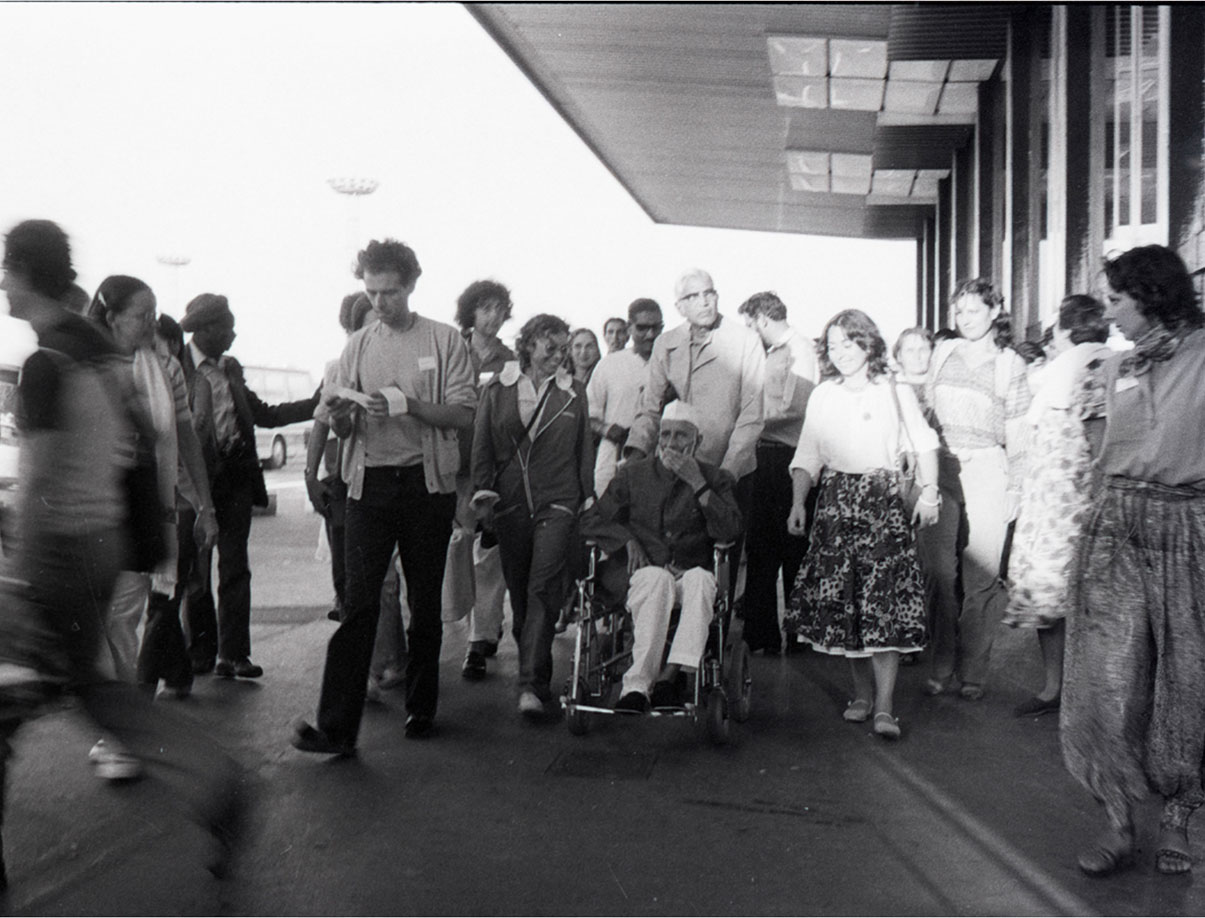Heartfulness is about feeling. Our entire life is led by feelings and inspirations, and that is the role of the heart. When we manage to listen to the heart and capture the inspiration that comes from within, we learn to master our life. The whole exercise of fine-tuning the heart with the mind is through meditation on the heart, and that is why it is called Heartfulness Meditation.
Heartfulness is a 100-year-old tradition that continues to evolve with the times, integrating scientific inquiry and time-honored contemplative practices. Certified trainers guide you to experience the subtle energy of Transmission, which awakens a deeper level of inner experience, authenticity, compassion, and awareness. Heartfulness practices expand your awareness, and develop well-being, contentment, calm, compassion, courage, and clarity. With this awakened potential, together we can create a world based on respect, peace and unity.

Heartfulness emerged in the late 1800s in a small town called Fatehgarh on the Ganges River in the north of India...

Babuji first travelled to the West in 1972, with Chariji, after a few pioneering Westerners had travelled to Shahjahanpur to meet him...

The first Heartfulness trainer immigrated to Australian shores 50 years ago, in 1972. He was a new immigrant of Greek-Egyptian descent...
Heartfulness emerged in the late 1800s in a small town called Fatehgarh on the Ganges River in the north of India. The practices are based on the ancient art of Transmission, a transformative yogic technique, which was rediscovered by Ram Chandra, who was known as Lalaji to his friends. He rediscovered Transmission when he was still a boy, and from an early age recognized the need for a simple and effective method of self-care that could be practised universally.
Lalaji went on to distill a set of essential meditative practices from the great traditions of the past into a universal system suited to the needs of modern-day life, removing all unnecessary rituals and cultural beliefs. He trained many followers during his lifetime, and among them was Ram Chandra of Shahjahanpur, known to many as Babuji. In 1945, Babuji became Lalaji’s successor in the work of training and transmitting to the growing number of followers, and his work led to further refinement and evolution of the Heartfulness practices.
In July 1945, Babuji founded the first Heartfulness organization in India – a non-profit for the well-being of people around the world. Babuji then started travelling extensive, first within India, and then beyond, introducing people to the practices in Europe, North America, South Africa, and South-east Asia. He was accompanied and supported on his travels by Parthasarathi Rajagopalachari, known as Chariji, who became Babuji’s successor in 1983. Chariji’s frequent tours abroad fostered a remarkable expansion of the Heartfulness movement, and he also developed programs for schools, scholarship programs, research facilities, free health care clinics, and a partnership with the Department of Public Information of the United Nations (UN DPI).
Kamlesh Patel, known as Daaji, became Chariji’s successor in December 2014. Daaji started Heartfulness in 1976, and subsequently held many responsible roles within the organization in India, the USA, Oceania, and Africa before becoming the Heartfulness Guide. Daaji is married with two sons and three grandchildren. For thirty years, he was a businessman in New York City, developing a chain of pharmacies that are now run by his sons and others. He is a prolific speaker, and a role model for all who seek enlightened consciousness. He has travelled extensively and is at home with people from all walks of life, giving special attention to young people. Under his guidance, there are now millions of Heartfulness practitioners around the world.
The Heartfulness Movement has been active in peace building since 1957, when Babuji first contacted the UN Secretary-General Dag Hammarskjöld to offer a practice for peace among all people of the world. From 2005, Heartfulness has partnered with the UN to celebrate International Day of Peace on 21 September, bringing awareness to local communities in all its centres around the world. Today, there are Heartful Communication programs offered in all regions of the world, offering people a way to resolve conflict and bring harmony.
As Heartfulness has its roots in yoga, we also promote International Day of Yoga on 21 June, and have created a free online collaborative platform where yoga experts from many schools join together to offer free programs to the public.
Babuji first travelled to the West in 1972, with Chariji, after a few pioneering Westerners had travelled to Shahjahanpur to meet him. Together they planted the seeds of the incredible expansion we have seen during the last 50 years. Today, Heartfulness is practiced in almost every country in the world, and certified trainers live in 140 countries. There are ashrams, retreat centres, and meditation centres in many countries, and around 14,000 certified trainers.
Some of the most beautiful Heartfulness destinations for wellness tourism are the Vrads Sande Retreat Centre in the countryside of Jutland, Denmark; the Nice Meditation Centre on the French Riviera; the Bratislava Wellness centre on the banks of the Danube in Slovakia; the Fremont Meditation Centre in the Bay Area of California; the Satkhol Retreat Centre in the Nainital region of the Himalayas; the Malampuzha Retreat Centre in the Palakkad region of Kerala; and the diamond of them all, the international headquarters of Heartfulness at the Kanha Shanti Vanam Village on the Deccan Plateau, outside Hyderabad, India.
These and many more Heartfulness Centres around the world are being developed as ecologically valuable sites, where rare and endangered species are protected and thrive, trees are planted and rescued from human destruction, and sustainable and regenerative farming methods for organic agriculture are being used and taught to local farmers.
The first Heartfulness trainer immigrated to Australian shores 50 years ago, in 1972, but it took until 1987 for an Australian yoga practitioner to travel to India, become a Heartfulness trainer, and introduce the practices to a nucleus of other yoga practitioners in Sydney. In those early days, things moved slowly, but by 1990 the organization was legally incorprated as a non-profit association in NSW, and by 1994 there were already a number of local trainers, the audience had diversified into a broader cross-section of the community, and Chariji visited Sydney for the first time. Interest then expanded to other regions, including Melbourne, Brisbane, Canberra, Perth, and Adelaide.
Chariji returned in 2000, this time to Perth, to host a multicultural event at Government House, funded by the Office of Multicultural Interests entitled “One Heart of Humanity.” In 2005, Heartfulness hosted a second multicultural event funded by the WA government, with a special focus on bringing young women of different cultures together to collaborate on community projects. Chariji returned to Australia in 2003 and 2004, to Sydney and Perth, and since that time the work of the organization has spread to more and more regions.
These days, Heartfulness also provides online programs and classes, so that everyone in Australia can access the simple practices on offer. There are currently 80 certified trainers across Australia, of various ages, genders, and cultural backgrounds, who are available to offer practical sessions free of charge. And the Heartfulness Institute is now a public company limited by guarantee, offering our services and programs in corporations, government offices, embassies, universities, and schools.

Heartfulness Centre
Suite 5, 26 Hammond Road
Cockburn Central, WA, 6164
Call Us: 1300 010 546
© 2023 All rights reserved, Terms of Use | Privacy Policy